Dujiangyan City is the county-level city of Chengdu. It is famed for Dujiangyan Irrigation System, which is located in the west of Dujiangyan City sitting on the Ming River. The irrigation system was listed as a World Heritage Site by UNESCO in 2000, and it’s the oldest existing large-scale water project in the world. Dujiangyan Irrigation System is regarded as the forerunner of the world conservancy culture.
First built in the Warring States Period (BC475 ~ BC221) under the direction of Li Bing and his son, Dujiangyan Irrigation System has a history over 2200 years. Chengdu is called the”Land of Abundance”, however, it suffered from floods and droughts frequently in ancient time. In BC 256, Li Bing, as the governor of Shu (nowadays Sichuan) in Qin State, based on the previous water control project, started to build the Dujiangyan Irrigation System under the help of local people. Since its establishment over 2200 years, Dujiangyan Irrigation System has played an important role in flood control and irrigation to Chengdu Plain, and it is the exact reason why Chengdu has become the “Land of Abundance” today. At present, the irrigation system benefits over 30 counties and cities, covering an area of one thousand hectares. In the year 2008, Dujiangyan City was located in the earthquake region of Wenchuan Earthquake. However, the original project of Dujiangyan Irrigation System survived the disastrous earthquake, which fully embodies the high architectural skill of ancient time.
Now, the main attractions in Dujiangyan Irrigation System scenic area are Yulei Mountain, Erwang Temple, Fulong Temple, Anlan Suspension Bridge, water projects, etc.
>> 3 Days Chengdu, Mount Qingcheng & Dujiangyan Tour
>> 4 Days Dujiangyan Panda Tour with Chengdu
The irrigation system of Dujiangyan is composed with three water projects, there are Yuzui, Feishayan and Baopingkou.
Yuzui: Yuzui is a water-dividing dike, which was designed to divide the Ming River into two parts. The western part is called Outer River, which is used to drain off the floodwaters. The eastern part is called Inner River, which is used in irrigation.
Feishyan: Feishayan is a flood discharge project, and it is the key to protect Chengdu Plain from flood. It mainly works as flood discharge, desilting and regulating water flow. When the water flow has exceeded the upper limit of Baopingkou, the excess water will overflow from Feishayan.
Baopingkou: Baopingkou is a diversion project, which works as a control valve. It can control the water flow of Inner River automatically. The natural scenery of Baopingkou is stunning, and it’s a famous attraction in ancient time.
Erwang Temple is located at the hillside on the right bank of Ming River and it’s used to commemorate Li Bing and his son. Now, in the main hall of the temple, there are sculptures of Li Bing and his son, and the stone wall here was inscribed with the water control words passed down from ancient time. Erwang Temple is a combination of temple and garden, and the eastern part is a garden area, while the western part is the temple area. The whole area covers an area of 50,000 m2 while the architecture area is about 10,000 m2. Erwang Temple is also a great observation platform to overlook the panoramic view of the whole Dujiangyan Irrigation System.
Fulong Temple is located in the Lidui Park. It was first built in Jin Dynasty (265 ~ 420) in memory of Fan Changsheng – the leader of Tianshi Taoism. Later, it’s used to commercate Li Bing. There is a stone statue of Li Bing in the front hall, which was excavated from the river in 1974, and the statue was carved in Eastern Han Dynasty (25 ~ 220). The lookout pavilion of Fulong Temple is the best place to overlook the panoramic scenery of Feishayan, Yuzui, Anlan Suspension Bridge, etc.
Yulei Mountain is sitting in the east side of Erwang Temple. Tall and lush ancient trees cover all over the mountain. There is a section of the ancient Great Wall of Ming Dynasty on the mountain. Local people often come here to do morning exercise. On the top of the mountain, there is a pavilion called Yulei Pavilion. It’s a pseudo-classic architecture and it has a great view to observe the whole view of the Dujiang Irrigation System, even the scenery of Dujiangyan City.
Located on Yuzui and crossing the Outer River and Inner River, Anlan Suspension Bridge is reputed as one of the Top Five Bridges in ancient China, and it’s the most typical scenery of Dujiangyan. It was built before Song Dynasty (960 ~ 1279), and today’s Anlan Suspension Bridge was rebuilt in 1974. When you walk on the bridge, the bridge will swing as long as there is someone swings it, and it’s very exciting. It’s also a great place for photography, however, tourists need to take good care of their camera when take a photo on the bridge.
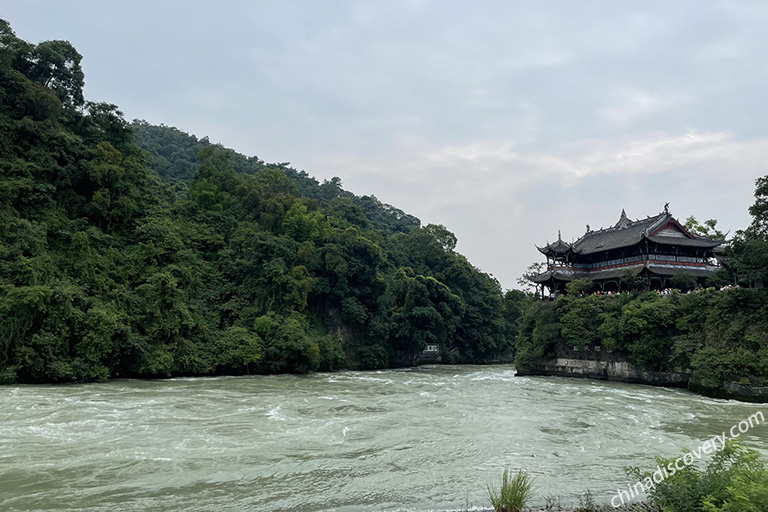 Baopingkou
Baopingkou
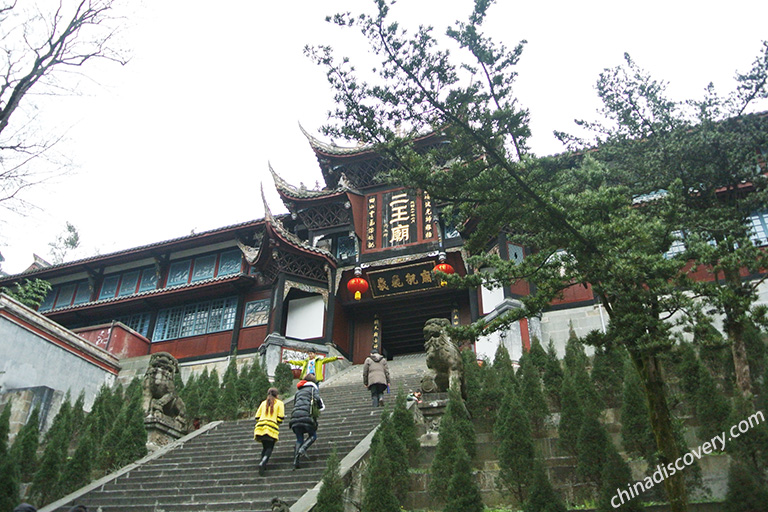 Erwang Temple
Erwang Temple
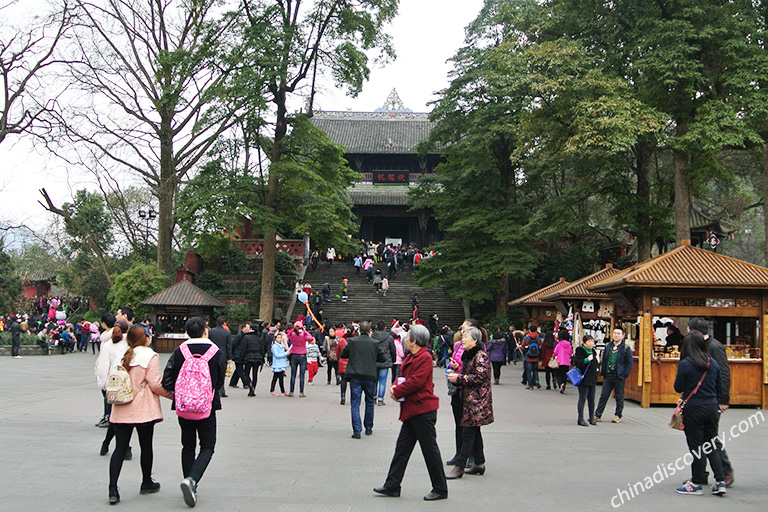 Fulong Temple
Fulong Temple
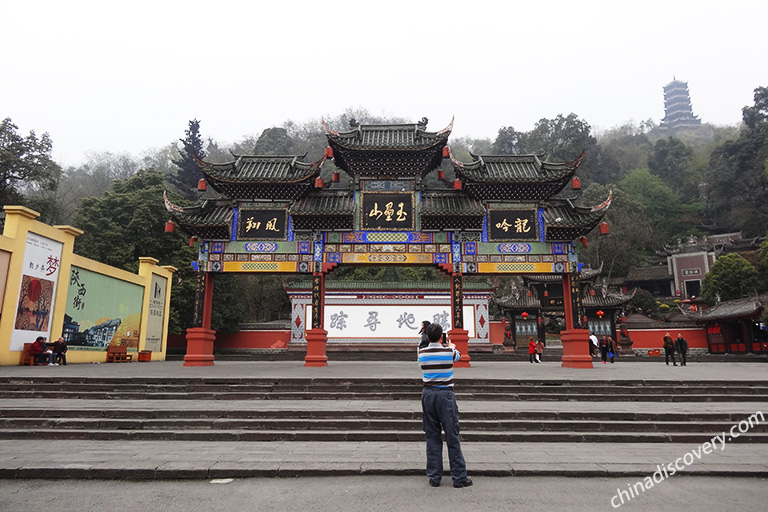 Yulei Mountain
Yulei Mountain
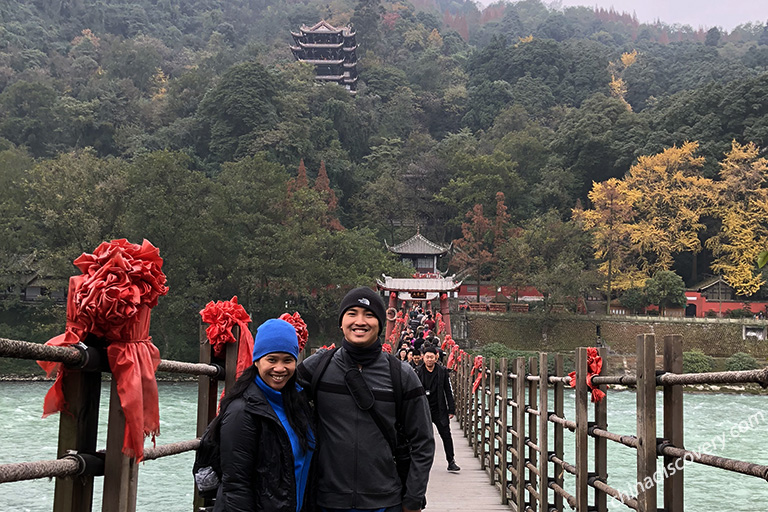 Anlan Suspension Bridge
Anlan Suspension Bridge
Dujiangyan is about 60km northwest of Chengdu downtown. Thanks to such a close distance, tourists usually head to Dujiangyan from Chengdu downtown.
By Private Car (Top Recommended): Taking a licensed private car with the help of a local experienced driver is the most convenient way, because you can get from your hotel to Dujiangyan Irrigation System directly, without the hassles to find the right coach station or high speed railway station.
By Flight: Dujiangyan City has no airport, but it is only 1~1.5 hours away from Chengdu Shuangliu International Airport (双流机场) by car. After landing at Shuangliu Airport, you will find a direct Airport Shuttle Bus to Dujiangyan directly. There are 10 scheduled buses for you to choose, which are normally operated from about 10:30 am to 20:50 around.
By Train (Best Option for Independent Travelers): Xipu Railway Station (犀浦站) near the northwestern edge of Chengdu 3st Ring Road operates 25+ bullet trains to Dujiangyan Railway Station every day. The trains run between Chengdu and Mount Qingcheng directly and set middle stop at Dujiangyan city. The train ride needs less than half an hour. Chengdu Railway Station (成都北站) also operates 1~2 trains to Dujiangyan in the early morning.
By Coach: tourists can also take a coach from Chengdu Chadianzi Bus Station (成都茶店子车站) to Dujiangyan Bust Station. There are about 10 scheduled coaches for you to choose and the coach ride need 1.5~2 hours.
Know more about How to Get to Dujiangyan Irrigation System from Chengdu >>
Inside Dujiangyan Irrigation System Scenic Area, tourists prefer hiking all the way for sightseeing. There is also an optional sightseeing bus settled between Beiting (碑亭) and Yuzui (鱼嘴). To get to highest summit - Yulei Pavilion (玉垒阁) from the bottom of the hill in the scenic area, you can also chose to ride an optional escalator.
Mount Qingcheng is 16km from Dujiangyan City center and it’s one of the cradles of Taoism in China. Mount Qingcheng is divided into two parts – The Front Mountain is dense with Taoism temples, while the Rear Mountain is tranquil and serene, reserving its original scenery. If you are fancy with the Taoism culture, Front Mountain would be the best choice, while for those who are in love with mountain hiking, Rear Mountain is better. Front Mountain is smaller and half day will be enough, while Rear Mountain will need at least one day to tour. Most travelers will choose to connect Dujiangyan Irrigation System tour with Mount Qingcheng Tour.
Here is the hot one day tour for those two destinations: 1 Day Dujiangyan – Qingcheng Mountain Tour
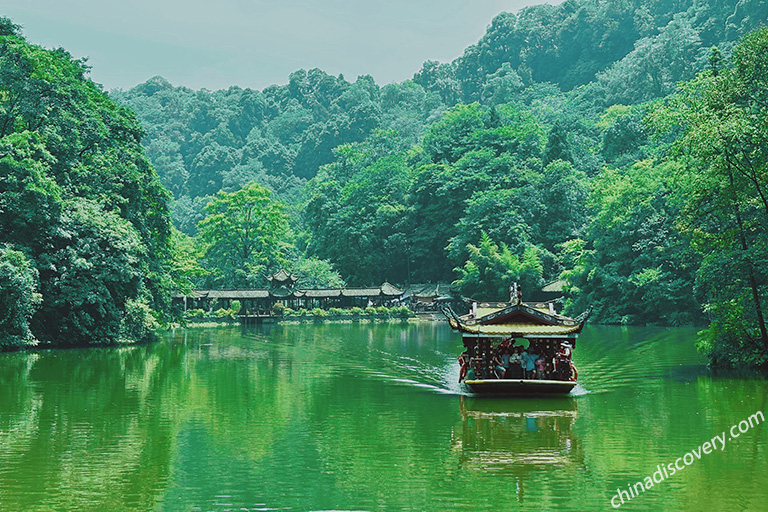 Mount Qingcheng Hiking
Mount Qingcheng Hiking
For more travel guide information about Mount Qingcheng, please see Mount Qingcheng Travel Guide>>
Dujiangyan Panda Base is located in Qingchengshan Town of Dujiang City and is 18 km from the downtown. Covering an area of 50 hectares, Dujiangyan Panda Base has the right climate and nature environment for giant panda. At present, there are more than 40 giant pandas and 5 red pandas living here. Dujiangyan Panda Base is also the only panda base providing Panda Volunteer Program to the public at present in China. The one-day volunteer program will allow travelers to experience how to rescue, research and take care of giant panda.
For more information, please see Dujiangyan Panda Base Travel Guide>>
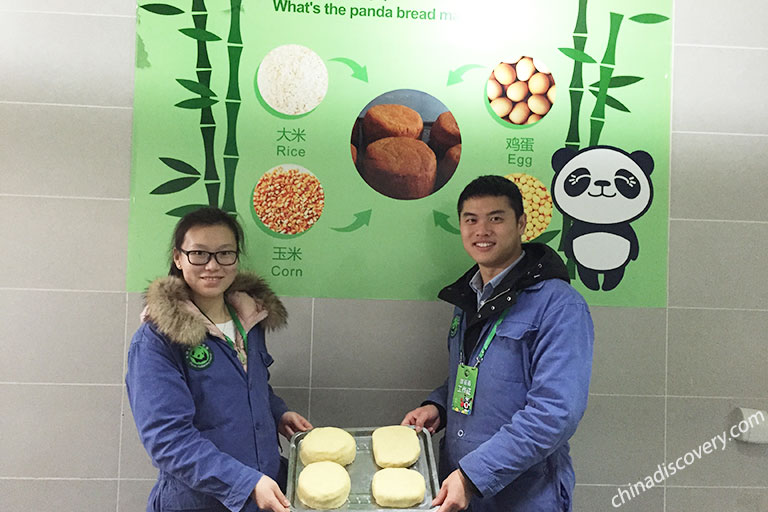 Love Feeding at Dujiangyan Panda Base
Love Feeding at Dujiangyan Panda Base
The best time to go is from April to October. During this time, the weather is very pleasant and the trees are lush and green. Dujiangyan is a famous summer resort, and when Chengdu is suffering from the summer heat, Dujiangyan’s temperature is still around 22℃. Besides, in summer, travelers can experience the Beer Carnival from May to October. While from Tomb Sweeping Day to National Day, travelers can see dance and song show in the morning, which tells the story of Li Bing – the builder of the Dujiangyan Irrigation System.
The annual average temperature of Dujiangyan is about 15℃, and the average temperature in July is about 24℃. If you visit it in summer, you’ll need to prepare one long sleeve to resist the cold in morning and night. The average temperature for January is about 5℃, and normal warm clothes will do.
Usually, tourists take a side trip from Chengdu to visit Dujiangyan Irrigation. Most of them spend half a day around (3~4 hours) to explore the magical Dujiangyan Irrigation System. And during the rest of that day, they will head to Mount Qingcheng to indulge in the peaceful natural forest and holy Taoist culture. Before or after the Dujiangyan tour, many visitors will take 1~2 days or so to discover the delicious food and fantastic attractions in Chengdu downtown, like Chengdu Panda Base, Jinli Ancient Street, etc.
>> 3 Days Chengdu, Mount Qingcheng & Dujiangyan Tour
For those who love adorable pandas and want a unique date with panda different from Chengdu Panda Base, they will leave themselves another whole day to be a happy Panda Volunteer of Dujiangyan Panda Base, preparing food and even feeding the pandas there.
>> 4 Days Dujiangyan Panda Tour with Chengdu
If you love more otherworldly alpine sceneries and the atmosphere of Tibet, you are suggested to go further west along the Western Sichuan Small Tourists Loop to get more surprises. Western Sichuan offers world-class alpine snow-caped mountains, grasslands, lakes and a strong taste of Tibet is waiting for your visit.
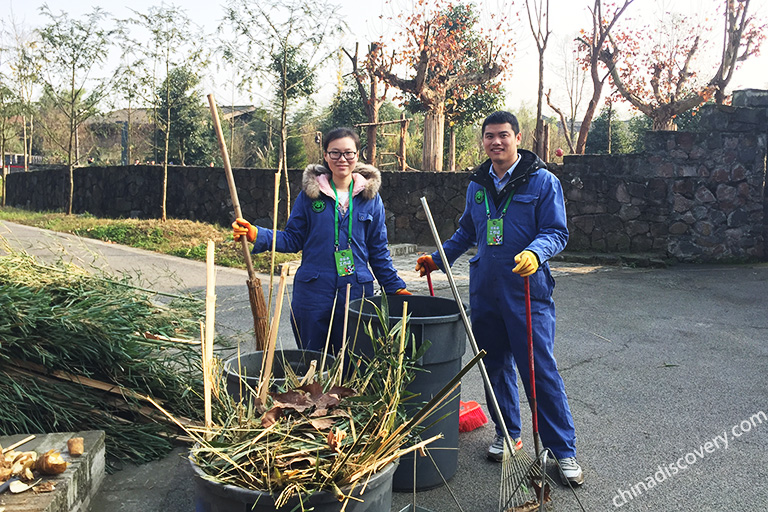 Giant Panda Volunteer Experience at Dujiangyan, Chengdu
Giant Panda Volunteer Experience at Dujiangyan, Chengdu
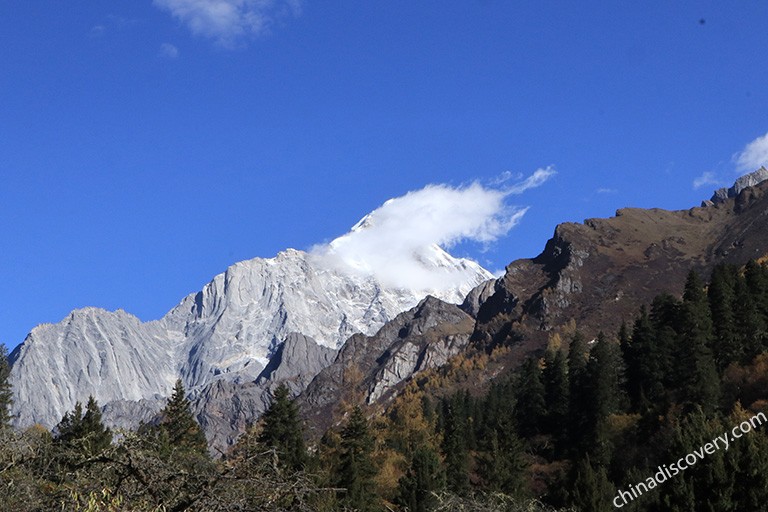 Mount Siguniang Trekking
Mount Siguniang Trekking
After you read this guide of the Dujiangyan Irrigation System, you can navigate this city and Dujiangyan Irrigation System in smooth! However, if you want to travel in a more convenient and hassle-free way, you are suggested to travel with experienced local guide and driver! A professional local guide will not only show you the right way to the Dujiangyan Irrigation System, but also tell you the interesting history that you could hard to learn by yourself. The drive will escort you to the Dujiangyan Irrigation System directly from your hotel in convenience and steady, and hence you will get rid of the hassles of finding the right coach or high speed stations in the large city.
We China Discovery based in Chengdu have helped thousands and hundreds of tourists coming from the world traveling Chengdu and Dujiangyan. If you need any help of our local guide and driver, please feel free to contact us and tell us your needs! The tour can be tailor-made according to your group size, interests, physical condition, time, plan, budget and every special need!
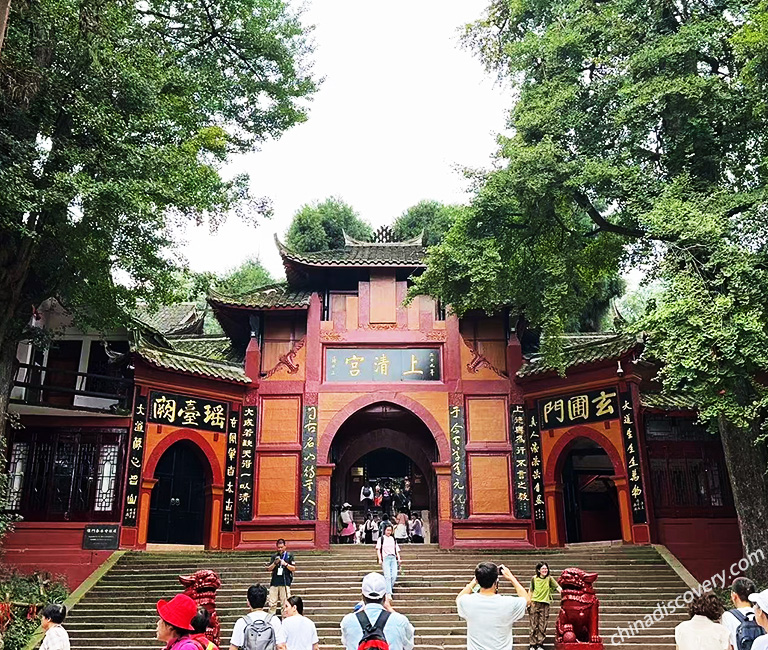 Mount Qingcheng
Mount Qingcheng
Top 3 Dujiangyan tours chosen by most customers to explore Dujiangyan in the best way. Check the detailed itinerary, or tailor your own trip now with us.

Chengdu / Dujiangyan / Chengdu
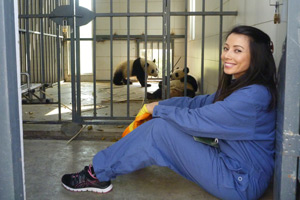
Chengdu / Dujiangyan / Chengdu
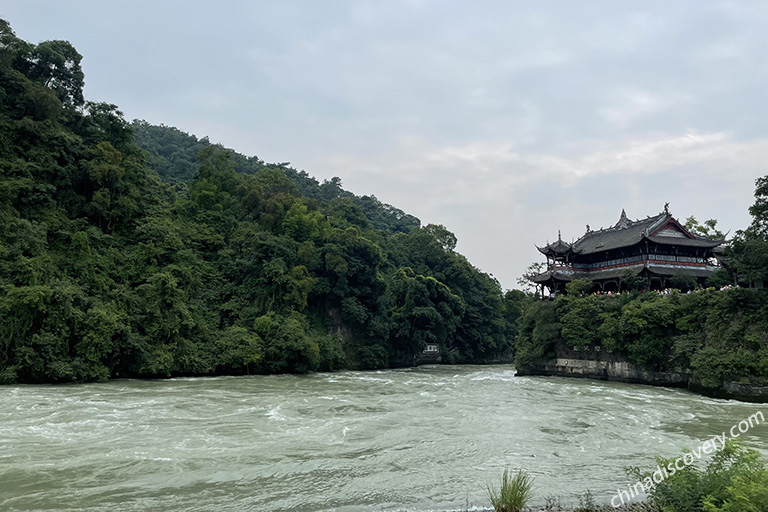
Chengdu / Dujiangyan / Chengdu
Start planning your tailor-made holiday to China by contacting one of our specialists. Once inquired, you’ll get a response within 0.5~23.5 hours.
Customize a Trip